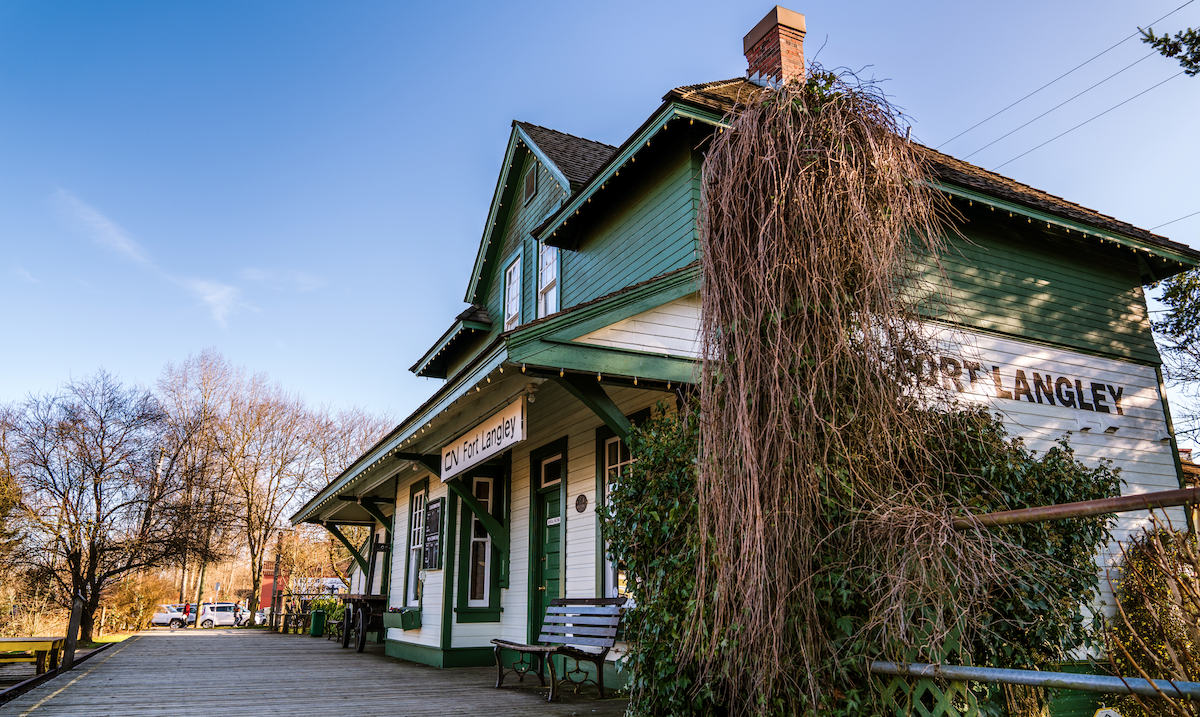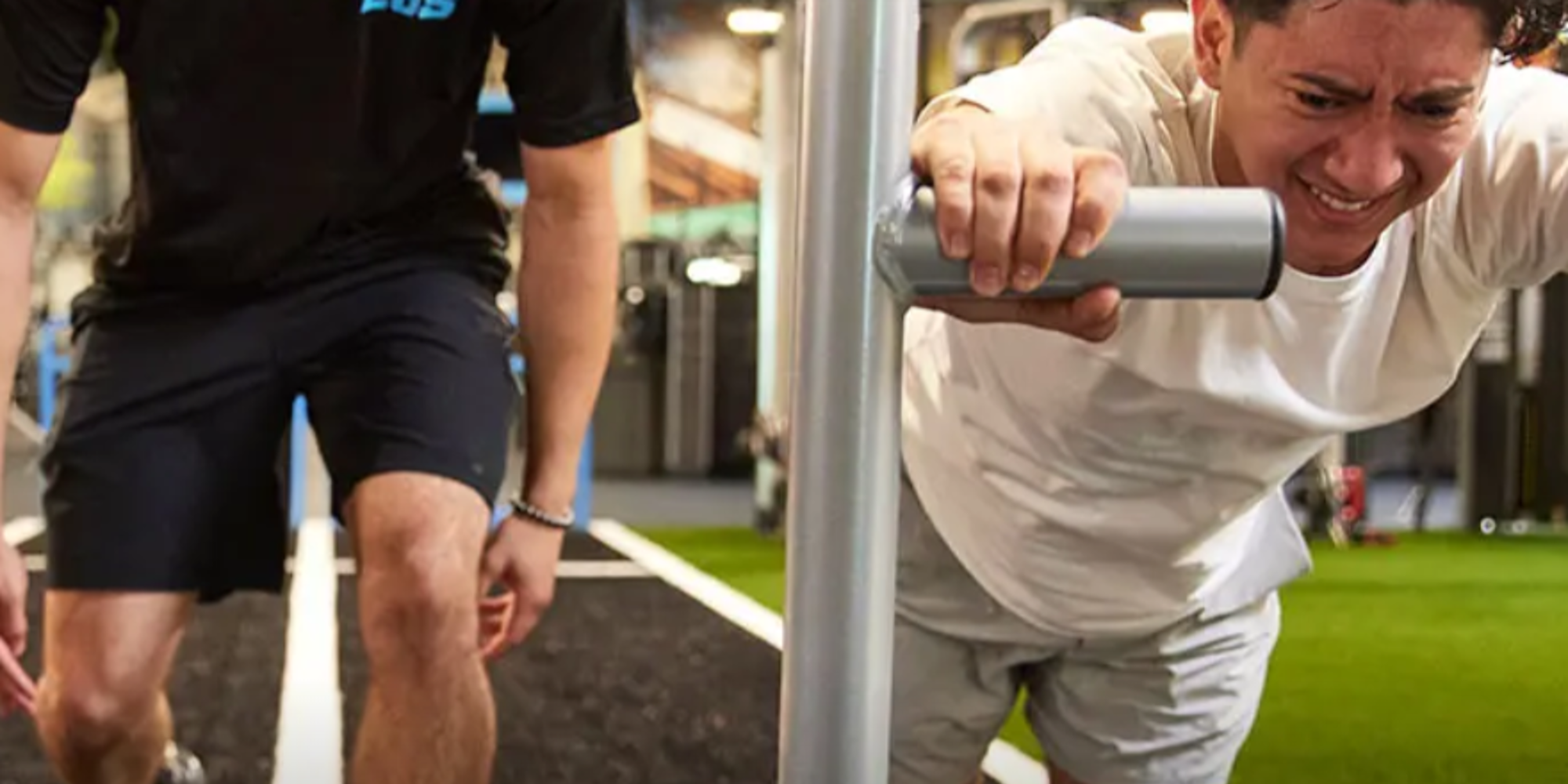World
Lake Placid may host 2026 XC World Cup finale | News, Sports, Jobs

Mount Van Hoevenberg near Lake Placid hosts a Nordic skiing event. Shown here is the Mountain Pass Lodge and skiing stadium.
(Provided photo — ORDA)
LAKE PLACID — If all goes according to plan, Mount Van Hoevenberg will be hosting the 2026 FIS Cross-Country Ski World Cup finale in March 2026, about a month after the Milano Cortina 2026 Olympic Winter Games in Italy.
The International Ski and Snowboard Federation is hosting its 55th International Ski Congress on Wednesday, June 5, in Reykjavik, Iceland, and FIS council members are set to approve the 2024-25 World Cup season for all ski and snowboard disciplines. A week later, the council is expected to approve a tentative competitive schedule for the 2025-26 season, according to Darcy Norfolk, communications director at the state Olympic Regional Development Authority, which operates Mount Van Hoevenberg.
“It’s being highly discussed that we’re going to be on that schedule for 2026,” she said. “Something could happen, of course, and we’re not, but that is the plan.”
Norfolk said she was in contact with U.S. Cross-Country Ski Team officials at U.S. Ski & Snowboard on Friday to discuss the upcoming FIS decisions. Until they hear from FIS, the Lake Placid plan for 2026 is just that — a plan — and not set in stone.
“So everything’s kind of in a holding pattern,” Norfolk said.
The idea to host a cross-country World Cup in Lake Placid was sparked around the 2023 FISU Winter World University Games, after Mount Van Hoevenberg and the rest of ORDA’s local venues were upgraded thanks to more than $500 million in state investments, according to Kris Cheney-Seymour, the recreation sport and event coordinator at Mount Van Hoevenberg and the Olympic Jumping Complex. Over several years, New York spent millions to revitalize the Olympic venues in Lake Placid and Wilmington.
“That money became available through Gov. Cuomo and the state of New York with the purpose of hosting the 2023 World University Games, but at Mount Van Hoevenberg and the ski jumps, and I think across all of the ORDA venues that went through these revitalization projects, the goal was to come back onto the world scene in international events and training and support high performance at the highest level,” Cheney Seymour said Friday. “It’s been with intent that Mount Van Hoevenberg and the ski jumps — while we were planning and getting ready for the World University Games — we were also communicating and building the relationships and going through the process with different international organizations to be hosting their premier events at a World Cup level.”
ORDA’s FIS bid for Lake Placid to host a cross-country World Cup in 2026 was years in the making. Venue and senior management at ORDA worked with the U.S. ski team and FIS to first build trust and then show that Lake Placid could successfully host more World Cup events, based on ski jumping World Cups over the past two years, other national and international events regularly held at ORDA’s venues and the Winter World University Games.
The last time Lake Placid hosted a cross-country World Cup was February 1979; it was a required pre-Olympic event for the 1980 Olympic Winter Games.
And the U.S. does not have a deep history of hosting cross-country World Cup races, so when Minnesota was put on the World Cup schedule for February 2024, officials at U.S. Ski & Snowboard thought another location in the U.S. might be a good idea.
“Everyone knew that there was a World Cup that was happening in Minneapolis, and there was a strong interest to have another World Cup being planned in the U.S. to follow up after Minneapolis,” Cheney-Seymour said, “and Lake Placid was identified in that for a few different reasons. Part of it, that revitalization, that investment, our success at the venue with World University Games and the support that we were receiving from FISU in that bid, that led to a strong interest from FIS.”
To sell Lake Placid’s 2026 bid to the FIS Cross-Country Committee, Rebecca Dayton, venue manager at Mount Van Hoevenberg and the Olympic Jumping Complex, and ORDA Events Director Jeremy Freeman traveled to Slovenia in early May for a spring FIS meeting and gave the bid presentation. Then they visited Park City, Utah, to help give a presentation on May 14 during the U.S. Ski & Snowboard Spring Congress. Freeman talked about logistics while Dayton explained the venues and Lake Placid’s winter sports legacy. Meanwhile, Cheney-Seymour was helping with the presentation remotely from the Adirondacks, presenting the parts relating to the sport and the field of play.
Two of the biggest upgrades at Mount Van Hoevenberg that give Lake Placid an edge over other venues, according to Cheney-Seymour, are the snowmaking and the broadcast infrastructure.
“For Mount Van Hoevenberg, as long as we have cold patches of snow on our competition loops, we are able to make a lot of snow quite quickly,” he said. “For the last four seasons, we have proven that on the competition trails in what have been some of the worst winters on record.”
In the past four years since the revitalization, the Nordic ski center has not had to cancel or postpone any races, the latest they’ve opened for the season was the day after Thanksgiving and they’ve been skiing on the competition trails into April.
“The snowmaking is a very, very big piece of that to ensure the viability of our venue,” Cheney-Seymour said. “The second piece is one of the most expensive parts in an international event, the television broadcast.”
Typically, a cross-country venue has about 25 to 30 cameras on the course for television broadcast purposes, including hand-held cameras and drones, according to Cheney-Seymour.
“Every single one of those has to tie back to a network either physically or wirelessly,” he said.
Mount Van Hoevenberg’s broadcast compound hooks into television trucks and is linked to server locations at the venue.
“And those server locations tie in to what we call media pedestals that are scattered around the trails and the stadium,” he said.
In those media pedestals, there is power, data, fiber optics and internet.
“So within those pedestals, a camera can get plugged into a pedestal … and they can be physically nearly 4 kilometers out from where the TV trucks are,” he said. “They can show up two days before the event, do a camera test, and they’re all done. … For us, it has made Mount Van Hoevenberg really attractive for global sports events that are endurance-based like World Cup mountain biking, biathlon, cross-country skiing. Those pieces are in some cases the answers to that revitalization project.”
Mount Van Hoevenberg is now attracting even more national and international sports events — including the UCI Mountain Bike World Series in September, the International Biathlon Union’s IBU cup in February and March of 2026 and quite possibly the FIS Cross-Country World Cup finale in March 2026 — if it all goes according to plan.
“Those events are coming because of those efforts from FISU, but the plan was not that FISU was the end,” Cheney-Seymour said. “The plan was FISU was just the beginning and the interview with the world to bring Mount Van Hoevenberg and the other ORDA venues back to the international stage at the highest level. … This is just the beginning of the new era.”







